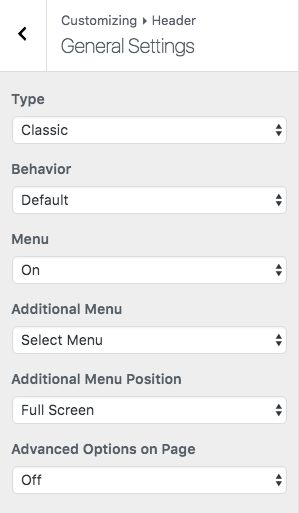Five Types of Fire Sprinkler Systems for Businesses & Homes
Installing a dependable sprinkler system is essential to protecting your home or business from a fire. The question is, which type of fire sprinkler system should you install?
Each sprinkler variety has its own benefits and excels at preventing fires in different ways. Let’s break down five of these sprinkler systems and why they might be a good fit for your building.
Wet Sprinkler Systems
Wet sprinkler systems are the most commonly installed type of fire sprinkler system. These systems consist of a network of pipes filled with water under pressure, which activate automatically when they sense heat from a fire.
When a fire breaks out and the temperature rises, the glass bulb or fusible link in the sprinkler head bursts, which allows water to spray directly onto the flames. Their simplicity and fast response make them ideal for environments like offices, schools, and retail centers where freezing temperatures are not a concern. Unlike other types of fire sprinkler systems, wet sprinklers provide an immediate reaction, which can significantly reduce fire damage.
Additionally, they integrate seamlessly with other fire protection devices like fire alarm systems, passive fire protection structures, and smoke detectors to provide a reliable defense during emergencies. Of course, regular inspection and maintenance of the plumbing, pump, and pipe infrastructure help prevent leaks or floods and ensure they’re ready to work when needed most.
Dry Sprinkler Systems
Dry sprinkler systems are specifically engineered for locations exposed to freezing temperatures, such as unheated warehouses, loading docks, or outdoor areas. Instead of water, these systems use compressed air or nitrogen within the pipes, which keeps water from freezing and damaging the plumbing.
When a fire is detected and heat raises the surrounding temperature, a heat detector or sensor triggers the system, which releases the air pressure and opens a valve that allows water to flow through the pipe network.
This delayed release differs from wet sprinkler systems and requires precise calibration to balance atmospheric pressure and system readiness. Because of their specialized design, dry systems are a preferred choice for buildings where freezing poses a risk to traditional systems.
Pre-Action Systems
Pre-action fire sprinkler systems combine elements of both wet and dry systems to offer controlled activation, ideal for environments where accidental water discharge would cause extensive water damage, such as museums and libraries.
These systems rely on a two-step process: first, a smoke detector or heat detector identifies a fire and sends a signal to open the valve. Then, individual sprinkler heads activate in response to heat, allowing water to flow. This interlock mechanism reduces the chance of false activation and adds an extra layer of protection.
The pre-action system stands out among other types of fire sprinklers due to its precision and responsiveness to multiple triggers. This makes it an integral part of fire protection strategies where fire suppression must be targeted and deliberate.
Deluge Fire Systems
Deluge fire sprinkler systems are designed for high-hazard areas like chemical plants, aircraft hangars, or power stations where flammability and combustibility levels are a greater risk. These systems utilize open sprinkler heads attached to dry pipes, with water held back by a valve controlled by a fire detection system.
When a fire or significant heat is detected, the valve opens, releasing a large volume of water instantly across the entire protected area. Unlike conventional fire sprinklers that activate individually, deluge systems flood the space, which makes them effective against rapidly spreading fires.
Due to the aggressive nature of water discharge, these systems require a robust fire pump and reliable water supply, and they are often installed alongside floor-level drainage and standpipe systems to manage runoff. Their power and scope make them a critical defense in industrial construction and high-risk settings.
Foam Systems
Foam sprinkler systems are specifically tailored for environments dealing with liquid fuel fires, such as refineries, airports, and chemical storage facilities, where traditional water-based systems would be ineffective. These systems disperse a firefighting foam and water mixture that forms a thick blanket over the burning substance, suffocating flames and preventing vapor release. The foam layer also helps cool hot surfaces and reduce the risk of re-ignition.
The foam-style system functions by combining foam concentrate, water, and air or nitrogen at a pump station and distributing the mixture through specialized sprinkler heads. As such, foam systems are among the most advanced types of fire sprinkler systems. Because of their specialized function, they require careful inspection, routine maintenance, and high-quality metal and alloy components to handle the chemical demands.
Call ASCO Fire to Install a New Sprinkler in Your Building
If you’re interested in any of the aforementioned sprinkler systems, reach out to the professionals at ASCO Fire. We specialize in sprinkler installations in North Jersey and work with trusted manufacturers to install the safest and most reliable systems. Contact us today to plan your future sprinkler system and make your building a safer place.
